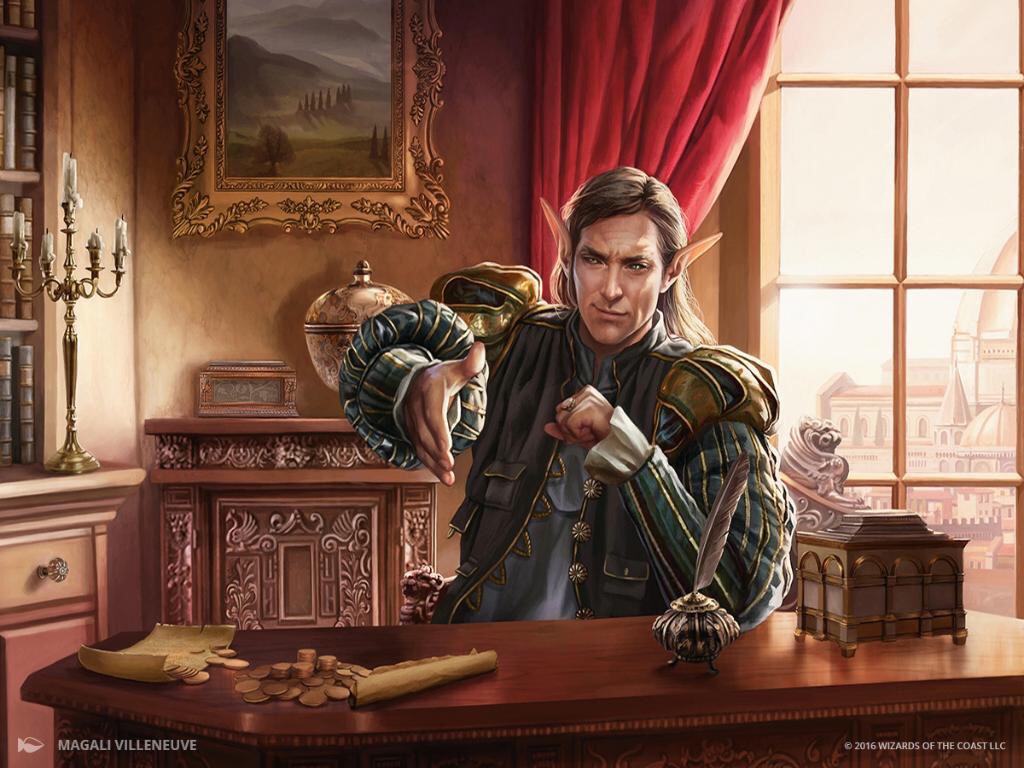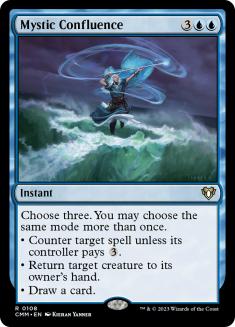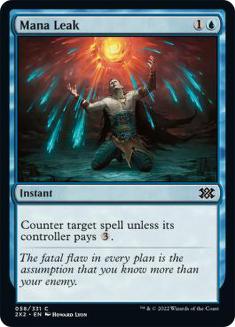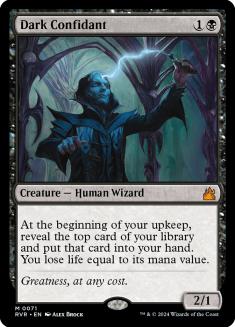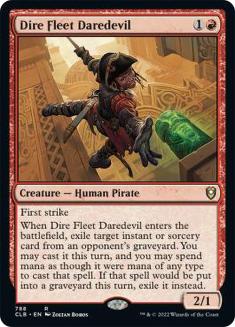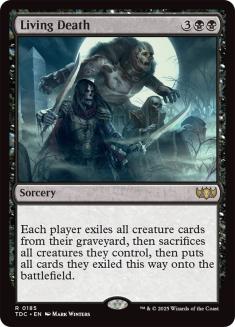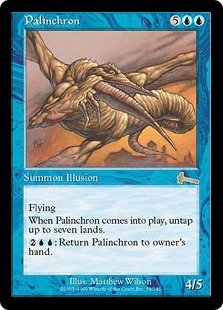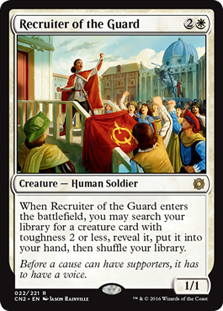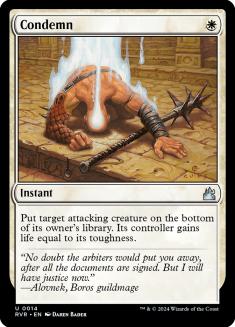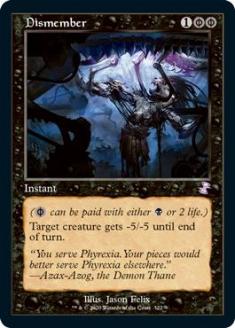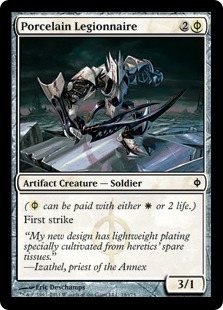Leovold, Emissary of Trest
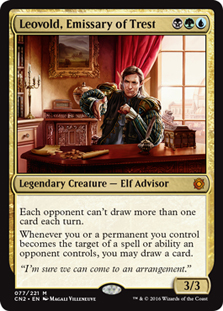
does a lot of work in high-powered environments. Turning off the opponent’s ability to draw extra cards is frustrating for almost every deck, and drawing cards when your permanents are targeted usually means Leovold’s floor is your opponent spending a removal spell and you replacing your Leovold with a fresh card.
That high floor also comes with a much higher ceiling. Combining Leovold with cards like leaves your opponent with one card in hand to your seven, and now and again you get the opportunity to target your opponent with a , forcing them to discard two cards.
The downside of Leovold is the prohibitive mana cost in a wedge with dual lands that are generally high picks. If Leovold were easy to cast, this pick wouldn’t be particularly interesting. Honestly, if you replaced Leovold with , this pack wouldn’t be particularly interesting, but the need to aggressively track down and is a notable strike against an otherwise exceptional option.
Tezzeret the Seeker
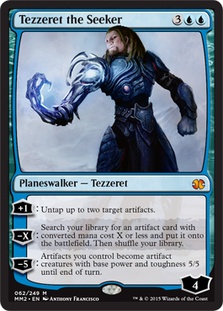
It might be hard to believe today, but really stood out among the early planeswalkers. Before Modern ever existed, Kenny Öberg made Top 8 of an Extended Pro Tour with a deck built entirely around Tezzeret, and while this is a very dated reference, the strategy does hold up in artifact-heavy environments.
Tezzeret is most commonly used to generate extra mana while also threatening a -5 the turn after you play him, which is fairly commonly lethal. The tutoring ability is also handy to track down mana rocks or fancier things like , , or .
I’ve first-picked Tezzeret in drafts that I’ve trophied, though like Leovold there is some downside to this pick. Tezzeret just isn’t much of a card if you don’t end up with a good spread of powerful and cheap artifacts. That’s likely the sort of thing this deck will be looking for anyway, but so will everybody else.
Concealed Courtyard
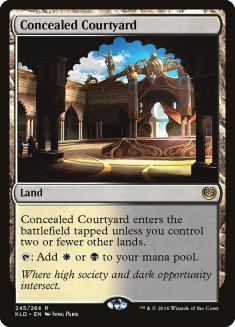
Hedging and picking a land is a time-honored Cube tradition. Taking Leovold would mean taking a three-color card and having to figure out the mana, while taking opens up the pool of cards that is reasonable to take. I generally don’t look to draft Esper and I value fastlands considerably lower than fetches and duals, but I see the argument for taking a land here.
Oracle of Mul Daya
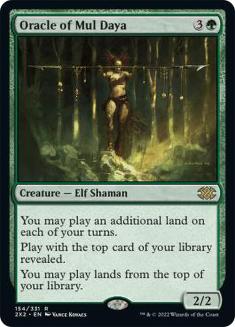
The other picks outlined so far all have notable asks, though only cares that your deck contains lands and spells. may not be as exciting as Leovold, but you can make and counterspells work in a deck with all basic lands much more smoothly than you could with Leovold.
In addition to not involving jumping through any hoops, also has a number of powerful synergies. Fetchlands can be used to control the top card of your deck, it provides fuel for cards like , and using or proper to put lands on top of your library generates a ton of value with .
Plateau
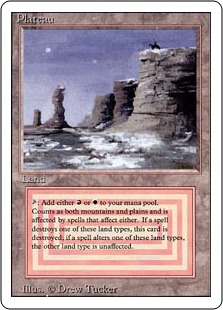
A year or so ago I was very fond of a Vintage Cube archetype that I referred to as “Jeskai Playables.” You can probably surmise what such a deck looked like. Lately sticking to Azorius has proven to be just as powerful as branching into Jeskai due to powerful additions with the planeswalker type Teferi.
is a true dual land though, and going into Jeskai isn’t without its merits. I think is an incredible card in Vintage Cube and you can basically always wheel it if one is anywhere in the draft. is also nice to have for some builds of combo if you’re into that sort of thing.

